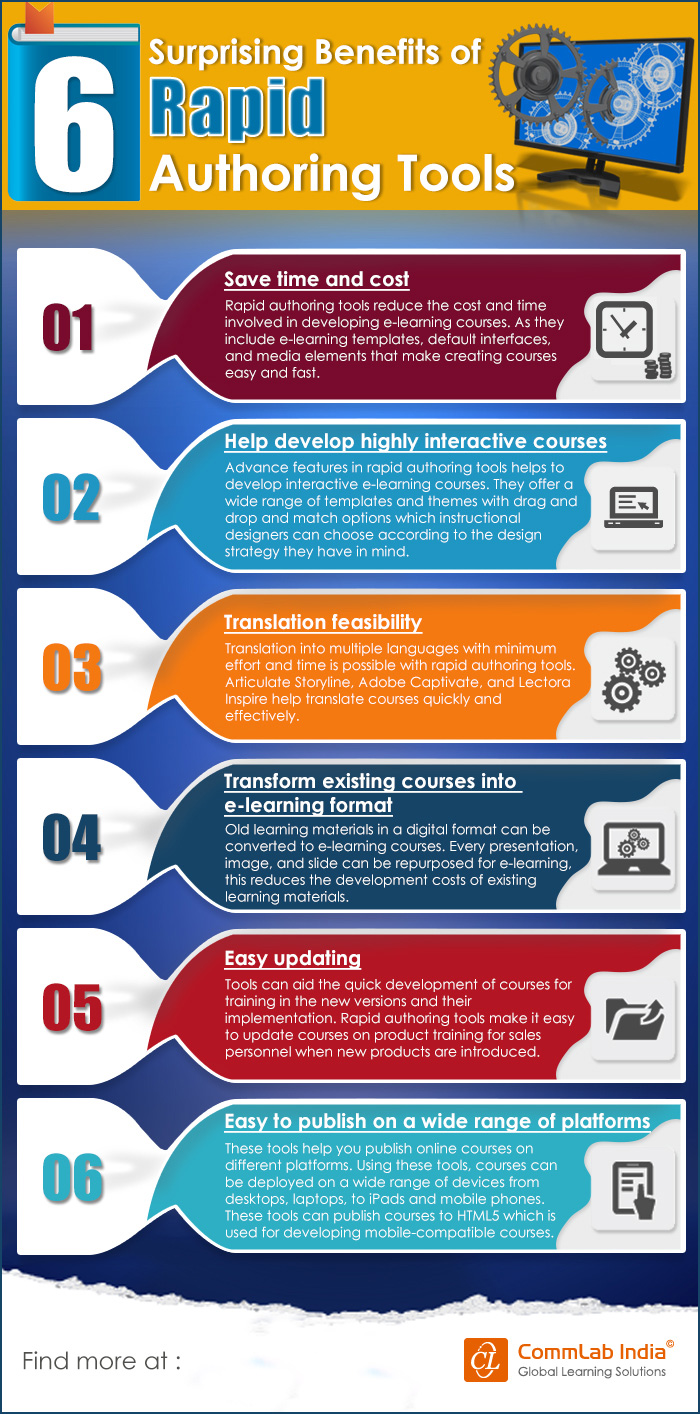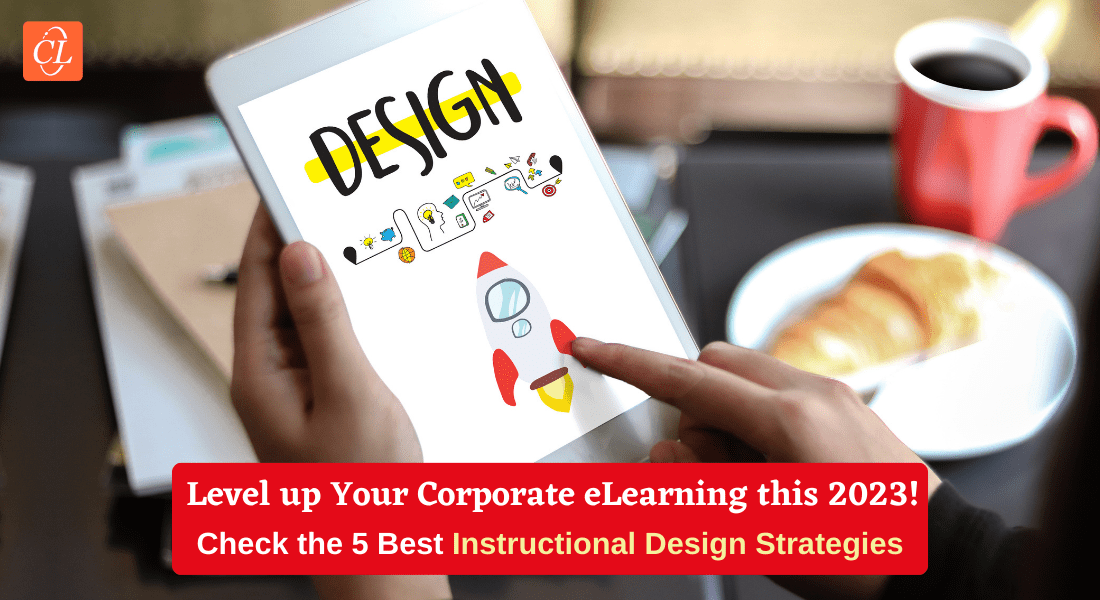An Instructional Designer’s Must-Have KSA (Knowledge, Skills, & Attitudes)

KSA – knowledge, skills, & attitudes? Aren’t they related to learning? Doesn’t corporate learning aim to improve employee performance through enhancing their knowledge, skills, and attitudes?
Yes, yes, and yes!
So why are we talking about KSA in connection to the Instructional Designer?
As the name itself suggests, Instructional designers design instructional (learning) experiences. And for learning to be successful, it needs to be effective, engaging, and immersive.
While classroom instructors deliver face-to-face instruction to a live audience, most of the instructional designer’s work happens behind the scenes. And to do their job of creating instruction well, they need to have a combination of a variety of traits. They need to possess the very specific and required Knowledge, Skills, and Attitudes (KSA).
Ergo, the title of my blog!
→ Download eBook: Instructional Design 101
Table of Content
- About Instructional Designing and Instructional Designers
- KSA of a Successful Instructional Designer
- Must Have KNOWLEDGE
- Must Have SKILLS
- Must Have ABILITIES/ATTITUDES
About Instructional Designing and Instructional Designers
The beauty of instructional design is that it caters to different industry domains such as banking, health, pharmaceuticals, manufacturing, and more. Unlike classroom instructors who are experts in their own fields, instructional designers can and do work across industries. And though a working knowledge of the domain can be an added advantage, it is not really needed.
Explore instructional design through the lens of rapid eLearning.
An instructional designer’s job is much like that of a movie director. He or she is the one who knows what the final product is going to look like. And is in overall charge of all aspects of the creation and development of the course. So basically, they should be “Jack of all trades and master of instructional design”.
Instructional designers need to have a lot of passion for their work. Because it is very easy (and sometimes, impossible not to) to get frustrated with uncooperative subject matter experts (SMEs), impossibly tight deadlines, and clients who don’t know what it is they want. Without the passion, it seems easier to simply give up sometimes. I know I almost did!
Explore 10 cool tips to save your SME’s time!
So here goes, the KSA of a successful Instructional Designer!
KSA of a Successful Instructional Designer
A Successful Instructional Designer’s Must Have KSA
1. KNOWLEDGE
- Instructional Theory
- Learning Models
2. SKILLS
- Communication Skills
- Visualization Skills
3. ABILITIES
- Empathy & Learner Focus
- Imagination & Creativity
An Instructional Designer’s Must Have KNOWLEDGE
Every instructional designer needs to have a thorough understanding of the basics of instructional theory and how to apply them to their projects.
Instructional Theory
Elements and Principles of Effective Learning
Principles of Adult Learning
Principles of Instructional Design
The Learning Cycle
Formats of Learning

Instructional Design 101
A Handy Reference Guide for eLearning Designers
- eLearning standards
- Streamlined instructional design process
- Effective assessments
- And More!
Learning Models
Bloom’s Taxonomy
ADDIE Model (Analyze, Design, Develop, Implement, and Evaluate)
SAM (Successive Approximation Model)
Kirkpatrick’s Levels of Training Evaluation
eLearning Authoring Tools (at a minimum)
Unleashing your full potential as an instructional designer also requires understanding the power of eLearning authoring tools. Have a look at this infographic highlighting their game-changing benefits.
1. Articulate Storyline 360 and Rise
An instructional designer must understand how Articulate Storyline 360 supports creating highly interactive and customizable eLearning modules. Knowing when to use its advanced features like triggers and variables is key to developing simulations, scenarios, and gamified content.
For Rise, it's essential to grasp its mobile-first, responsive approach to design, which is ideal for rapid development and content that adapts seamlessly across devices. Instructional designers must be adept at choosing between these tools based on the complexity and format of the learning objectives.
Related Read: Articulate Rise 360: An Authoring Tool for eLearning Success
2. dominKnow
Designers must know how to use dominKnow’s features for reusing and repurposing content across different projects to maintain consistency. Additionally, understanding its multi-format capabilities allows for creating varied content like simulations or responsive courses, catering to different learning environments.
Want to delve a bit deep into dominKnow? Watch this video!
3. iSpring Suite
For iSpring Suite, instructional designers should know how to convert PowerPoint presentations into dynamic eLearning courses. This tool is particularly suited for rapid eLearning development, so designers must learn how to integrate interactive elements like quizzes and dialogue simulations to enhance engagement. Familiarity with iSpring’s accessibility features and LMS compatibility is also vital for ensuring content reaches diverse learners effectively.
Standard Web Programs
Microsoft Word
Microsoft PowerPoint
Adobe PDF
Others
1. Basics of Web and Graphic Design
A strong foundation in web and graphic design principles is essential for instructional designers. Understanding elements like color theory, typography, layout design, and responsive interfaces ensures visually appealing and user-friendly eLearning materials. This knowledge allows designers to work effectively with eLearning authoring tools and create assets that align with branding and accessibility standards.
2. Section 508 Compliance
Compliance with Section 508 ensures that eLearning courses are accessible to learners with disabilities. Instructional designers must understand how to implement features like alternative text for images, keyboard navigation, closed captioning, and screen reader compatibility. This not only meets legal requirements but also promotes inclusivity and equal learning opportunities for all employees.
3. The Impact of the Forgetting Curve on Learners
Gartner discusses how microlearning solutions and spaced repetition are increasingly integrated into corporate training tools to mitigate knowledge loss. These solutions directly address the forgetting curve's impact on corporate L&D initiatives.
Source: Gartner Peer Insights on Corporate Learning Technologies
The forgetting curve, introduced by Hermann Ebbinghaus, illustrates how learners lose knowledge over time if not reinforced. Instructional designers can mitigate this by incorporating spaced repetition, microlearning modules, and regular eLearning assessments into courses. Understanding this psychological principle helps in crafting content that boosts retention and application in real-world scenarios.
4. Learning Management Systems (LMSs)
Familiarity with LMS platforms is crucial for instructional designers to effectively deliver and manage training programs. Basic knowledge of LMS functionalities such as course uploading, learner tracking, reporting, and integrating gamification enhances the overall learning experience. Designers must also ensure compatibility between the LMS and SCORM- or xAPI-compliant eLearning modules for seamless deployment.
An Instructional Designer’s Must-Have SKILLS
1. Communication Skills
An instructional designer needs to communicate effectively with stakeholders and clients to understand their requirements and expectations. They need to be able to listen well, ask the right questions, and articulate their ideas and viewpoints clearly. And without rubbing the clients or stakeholders the wrong way!
2. Language Skills
It’s the Instructional Designer’s job to write on-screen text, instructional text, audio scripts, and video scripts. He needs to be able to break up complex concepts and topics into easy-to-understand language, and present it clearly, concisely (say a lot in a few words), and accurately (without losing the intended meaning) for the learner. It’s obviously a big plus to have good grammar, punctuation, and writing skills.
3. Visualization Skills
The Instructional Designer also needs to visualize how thoughts and ideas translate into the course and user experiences. He should try to replace complicated concepts with appropriate visuals to reduce the cognitive load on the learners. Storyboarding, visualizing appropriate graphics, creating interactions, and presenting information in an engaging way is not easy, but that’s exactly what an instructional designer is expected to do, for every project!
4. AI and Technology Skills
Proficiency in AI and technology is a critical instructional design skill. Leveraging AI tools in eLearning design enables designers to create personalized, engaging, and scalable learning experiences. Understanding emerging technologies, such as virtual reality (VR), augmented reality (AR), and gamification platforms, helps instructional designers craft innovative and immersive training programs. Mastery of AI and technology truly equips instructional designers to meet the growing demand for efficiency and creativity in corporate training.
5. Research Skills
Instructional Designers need to have adequate research skills to explore the latest trends and find ways to incorporate them in the learning. They also sometimes need to research the specific subject matter of the training to understand it better so that they can devise and choose the correct strategy to present the content.
6. Project Management Skills
It is also the Instructional Designer’s job to ensure the project is delivered within timelines and is in accordance with the stakeholders’ requirements. They need good communication skills, be able to follow defined PM processes, ensure the design blueprint translates into an equally good course, be advocates of learning theories, and more. In short, they bring clockwork precision to eLearning project management.

Instructional Design 101
A Handy Reference Guide for eLearning Designers
- eLearning standards
- Streamlined instructional design process
- Effective assessments
- And More!
An Instructional Designer’s Must Have ABILITIES/ATTITUDES
1. Empathy and Learner Focus
The ability to put themselves into their learners’ shoes is something that every Instructional designer needs to have to design effective instructional experiences for different learner groups.
2. Imagination & Creativity
Instructional Designers need to be creative with the ability to think outside the box. They need to be able to look at the content and think of new and exciting ways to present that information to learners. To keep learners engaged with the content is what every instructional designer aims for.
The most boring content can be made exciting and interesting by incorporating stories, games, or interactive activities. The sky is literally the limit for an ID’s creativity!
3. Passion for Knowledge
Instructional Designers, by the very nature of their job, are expected to be open to learning and mastering new skills, embracing new solutions and trends, and adapting creative instructional design strategies.
4. Flexibility & Adaptability
It’s the ID’s job to create instruction for learners, but they have to be ready to change their approach (even if they simply love it) at the behest of the client or stakeholder. Ultimately, it is the client who has the last word. So, they need to be flexible and work according to the expectations of the client, but always being the learner’s advocate!
5. Patience and Positive Outlook
Creating an effective and engaging learning experience within timelines, and more importantly, within budget is a delicate balancing act. And so, IDs need to have the patience of Job sometimes, and have a cheerful positive outlook, always keeping their ultimate aim and motivation in mind – the learners and their learning experience.
Parting Thoughts
So, that were core KSAs instructional designers need for designing effective, engaging, immersive eLearning that don’t suffer from the common malady of high dropout rates.
Instructional designers have a very creative and scientific job of designing courses that appeal to learners and conform to project constraints and the possibilities offered by eLearning authoring tools.
Finally, Instructional Design is now encompassing other streams such as psychology, visual design and user experience, artificial intelligence, and machine learning, to name just a few. It’s a dynamic, challenging, cool skillset to have right now! So, don’t stop learning!
And whether you are starting your journey in the field of Instructional Design or looking to refresh the basics, here’s a mini guide that’s sure to become your friend and guru.






